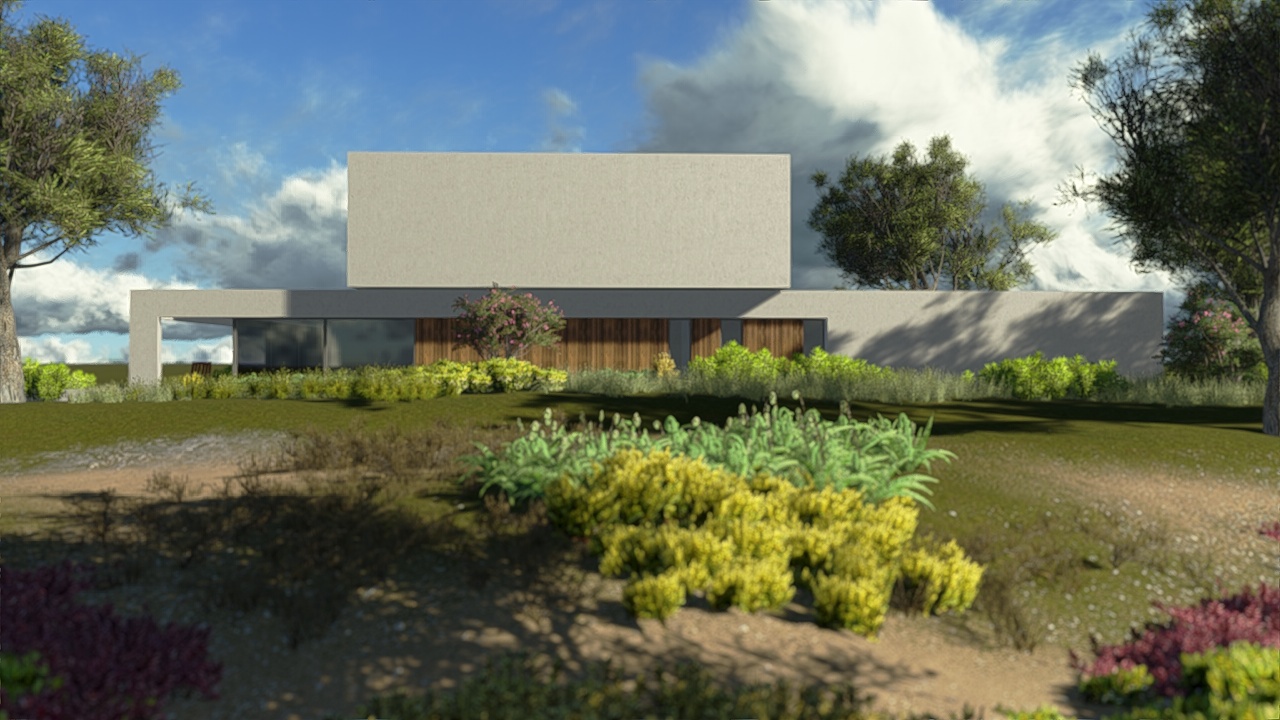
Instead of syncing Revit project with Lumion, you can also export Revit project to COLLADA (.dae) format from 3D view. The key point of LiveSync is to be used in the early stages of design. It helps give you an idea of how changes you make in Revit will affect the way you want to see a building. LiveSync also allows you to deliver impressive, polished client presentations. It increases efficiency when iterating on design, and allows you to make more informed design decisions during internal reviews. LiveSync technology was introduced in Lumion version 7.3. It gives a live, real-time view of your design in the context of the real world.
#Lumion software#
However, as far as we know, iRender is proud to be one of the very few render farms that support single-card software such as Lumion, Keyshot, Unreal Engine, Enscape, After Effect, and SolidWorks.Lumion LiveSync for Revit (formerly Revit To Lumion Bridge) is an active link between Revit and Lumion, that includes model, materials and camera synchronization. That is also the reason that Render Farm service is becoming more and more popular and essential.
#Lumion free#

The data will be automatically synchronized in the Z drive inside the server, ready for you to use. You can transfer all the necessary data into our Gpuhub Sync tool at any time without connecting to the server. With fast file transfer speed, large data capacity, and completely free. Well, iRender offers a powerful and free file transfer tool: Gpuhub Sync.

#Lumion install#
In particular, you only need to install the software for the first time, the next time you connect to the computer everything is ready for use.

It is like you are using your own computer but with a powerful configuration and much higher performance. With iRender IaaS and PaaS services, you can access our servers through the Remote Desktop Application and do whatever you want and install any software you need on it. As you all know, iRender provides high performance and configurable server system to customers who need to utilize the power of CPUs & GPUs such as 3D rendering, AI training, VR&AR, simulation, etc.The ideal system for Lumion will require a GPU with 11G VRAM or higher, and a PassMark score of 16,000 points or more.įor example, the Nvidia RTX 2080Ti 11G with a PassMark score of 21,575, especially Nvidia recently launched RTX line with the PassMark score of 23,730 for RTX 3080 and reaching 25,162 points for the RTX 3090. The CUDA core is found in two-card lines, Nvidia’s GTX / RTX (most popular) and AMD’s Radeon. Lumion’s hardware specification is that it requires 1 graphic card with many CUDA cores. The factor decides if rendering is smooth or not, fast or slow is the GPU. Obviously, if you just do simple scenes, you can get 16GB of memory, but this isn’t ideal for large and complex scenes. Recommended clock speed is from 3.5GHz, apparently, Intel’s CPUs will be the optimal choice for current Lumion processors.

As recommended by the software manufacturer, Lumion will need a processor with a single core clock as high as possible, and does not need more than 4 Cores, more cores also do not help processing speed in Lumion faster.


 0 kommentar(er)
0 kommentar(er)
